Why Downsizing Your Tires is the Best Kept Secret to Faster Lap Times: Honda Civic Type R
The FK8 Honda Civic Type R is a phenomenal machine both on the street and on the track. It’s fast, fun, practical and offers a ton of value for the money. It’s also a car that you can leave 100-percent stock and be plenty happy with.
That doesn’t, however, mean there aren’t areas on the car that that can be improved and upgraded with the aftermarket, and one of the most common first modifications for FK8 owners has been a set of new wheels and tires.
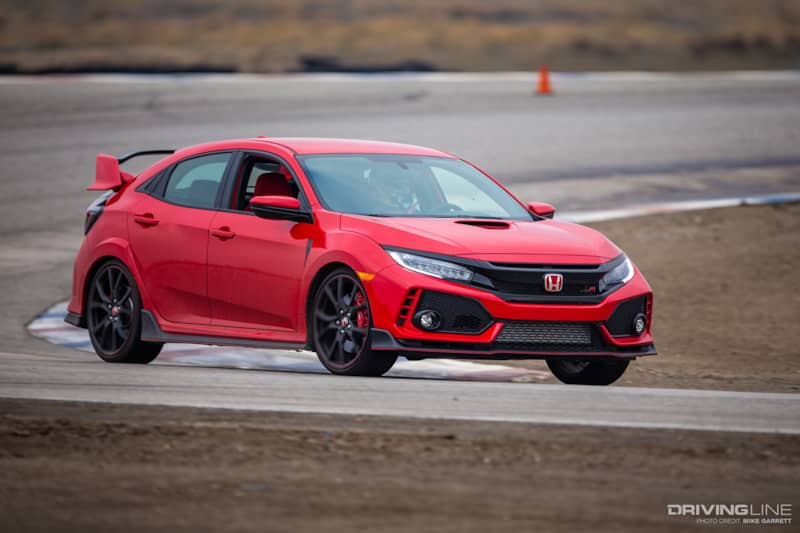
While wheel and tire upgrades have usually meant swapping out undersized factory wheels for something of a larger diameter to better fill the fenders, most Type R owners changing their wheels have actually been downsizing in diameter.
When Honda engineered the FK8, it equipped the car with a massive set of 20-inch wheels wrapped in ultra low profile 245/30/20 tires, and the reasons for this have been debated in the community since the car came out.
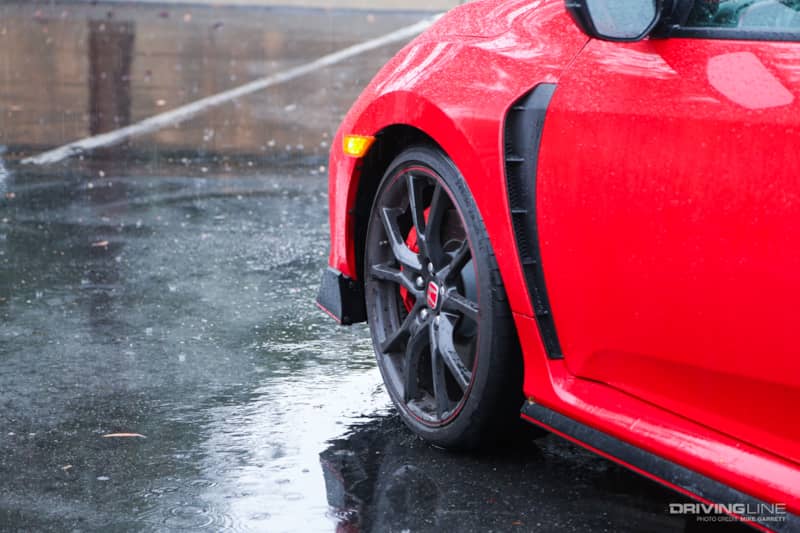
Some are convinced the choice to use such large wheels was entirely for marketing and appearance, while others have suggested the 20s and ultra low profile tires were fitted to provide quicker steering response and help eliminate torque steer when matched with the Type R’s trick front suspension setup.
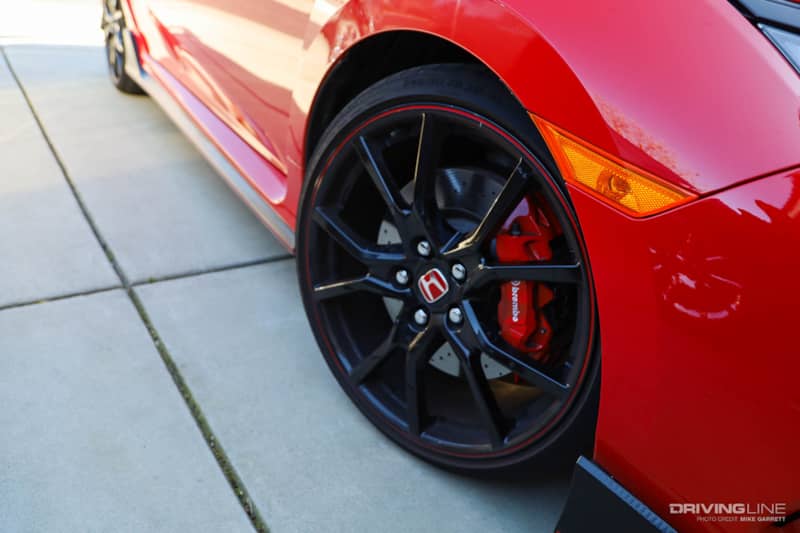
While there may be legitimate engineering reasons why Honda put 20-inch wheels on the Type R, that hasn’t stopped countless owners of both daily driven and track-spec FK8s from switching to an 18-inch setup. Here are five of the biggest reasons why.
Increased Wheel Protection
The FK8's factory tires aren’t just low profile, they are some of the thinnest tires ever to be equipped on a production car. Not surprisingly the Type R forums and social media groups are full of stories of owners damaging their stock wheels on potholes and other imperfections on the road.
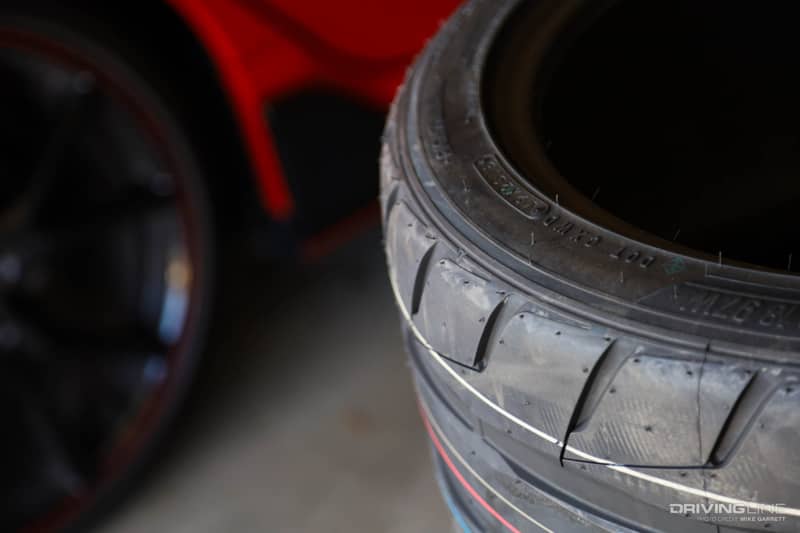
Much of this depends on where you live and the condition of the roads, but it’s obvious that the tiny sidewalls don’t offer a whole lot of protection for the wheels. Of course some will get lucky and never have an issue, while others have already had to fix or replace damaged wheels multiple times.
Comfort
Next up is ride quality. With the larger sidewall of an 18-inch tire versus the rubberband of the stock tires, a smoother ride should be another benefit. Even with the factory tires, the Type R rides surprisingly well for what it is, and going with a higher tire to wheel ratio should only improve things bigger cushion between the wheels and the road. This will be especially beneficial to those with long commutes or the owners who take their Type Rs on long road trips.
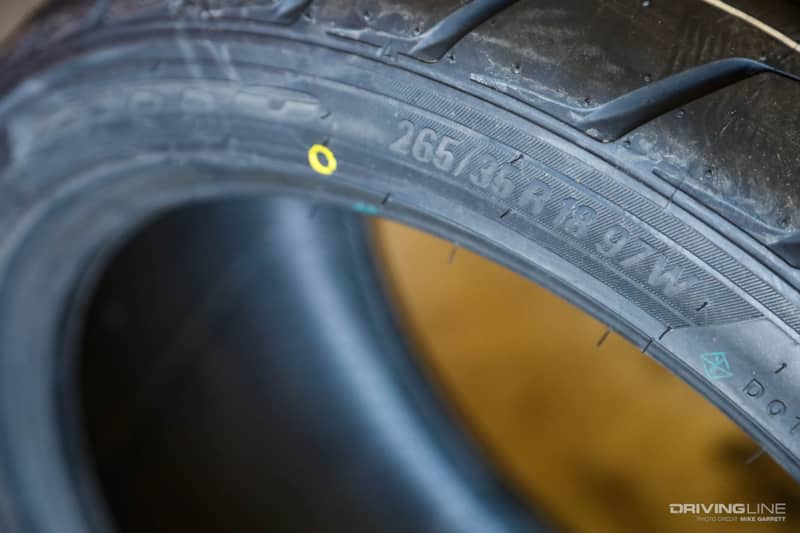
Less Unsprung Weight
Thanks in large part to their huge diameter, the Type R’s factory wheels aren’t particularly light. We weighed a factory wheel and tire off our FK8 project car and on our scale it came in at a porky 50.6 pounds, with nearly 30 pounds of that coming from the wheel. Whereas the new wheel and Nitto NT05 tire combo is approximately 10-percent lighter.
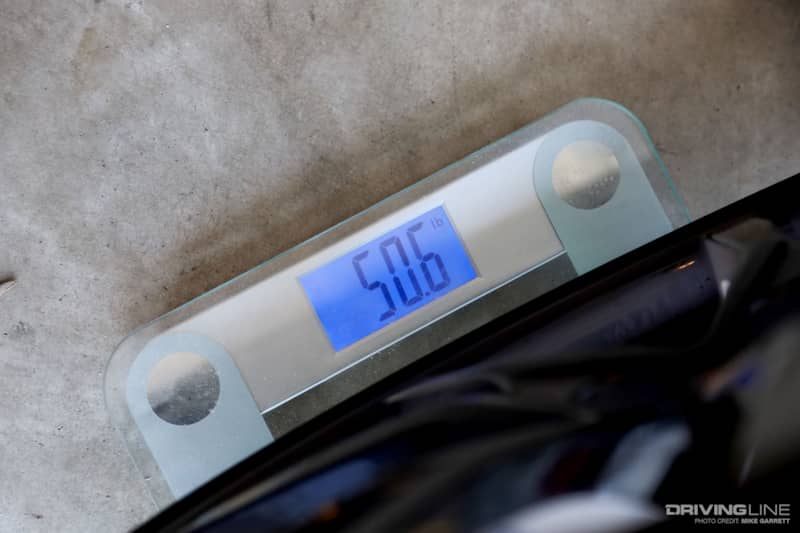
Depending on tire choice, switching to an 18-inch setup should provide a significant reduction in weight, especially if you opt for a forged or flow-formed wheel. Even with the wider, fatter 18-inch tires that most people use when switching setups, the net result should still make for an overall reduction in vital unsprung weight.
Improved Tire Choice
While many 20-inch tire sizes are quite common these days, the Type R’s ultra low profile 245/30/20s are still pretty exotic. There are options available in the stock size, but one of the biggest benefits of switching to an 18-inch setup is having a much larger selection of tires to choose from, and usually at a more affordable price.
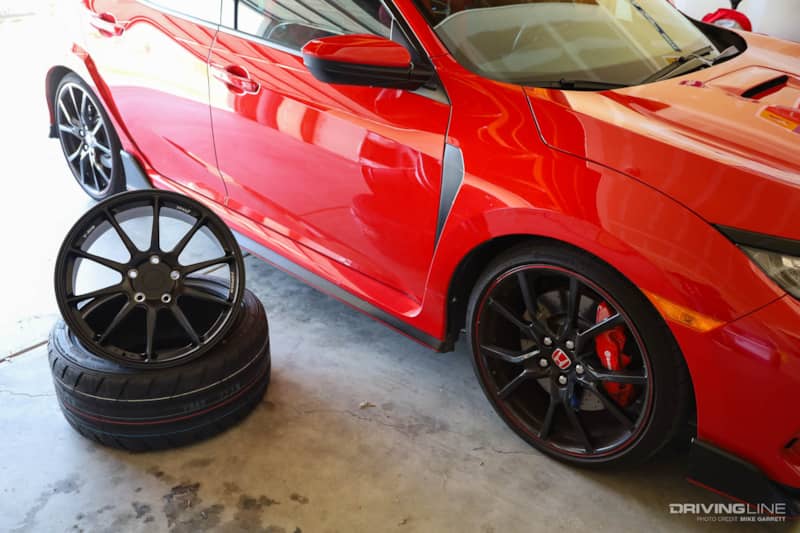
Whether you are looking for something cost effective for a daily driver or a super sticky setup for track days, 18s will simply give you a lot more choice. They will be easier and faster to find in the event you get a flat and need an emergency replacement.
Aesthetics
Last but not least, we get to the aesthetics of downsizing the wheels. Beauty will always be in the eye of the beholder, but the look of the Type R’s factory 20s and super thin tires are polarizing to say the least.
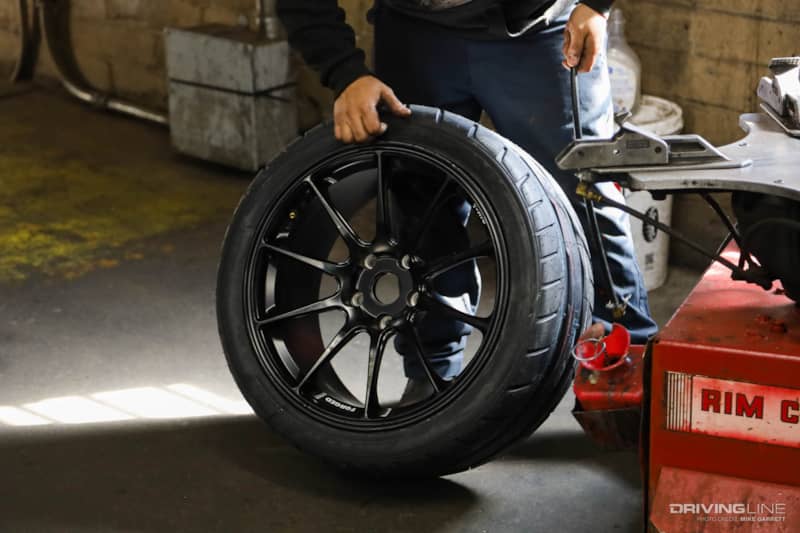
We’ve actually gotten used to the look of the stock wheels after several months with our FK8 project car, but there's still no denying the visual appeal of a meatier tire fitted to a wider wheel. Simply altering the wheel to sidewall ratio can make for a significant change in a car's look, and the Type R is a great example of this.
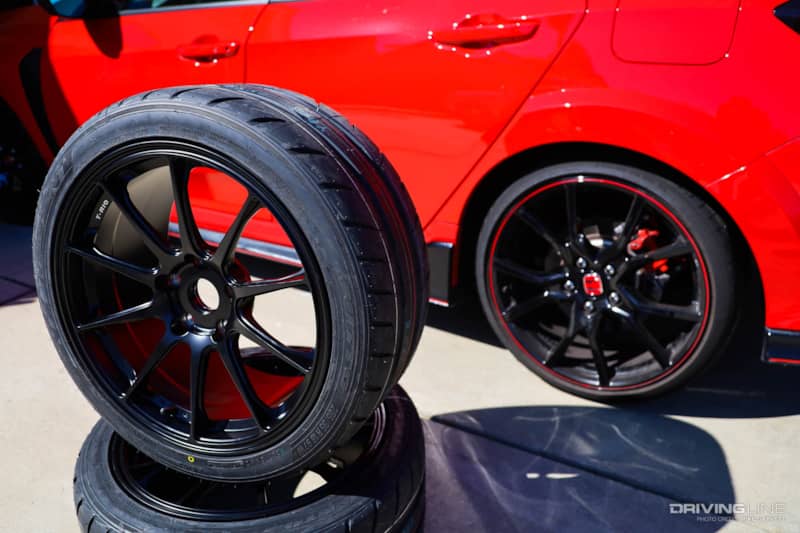
It's for these reasons and more that we've decided to make the jump down in size and swap out the factory wheels on our daily driver/track Civic Type R. With the help of Nitto Tire and Titan 7 Wheels, this will be the first modification for our FK8, and we'll be returning shortly with more details on our chosen setup and some impressions from the road. Stay tuned!











